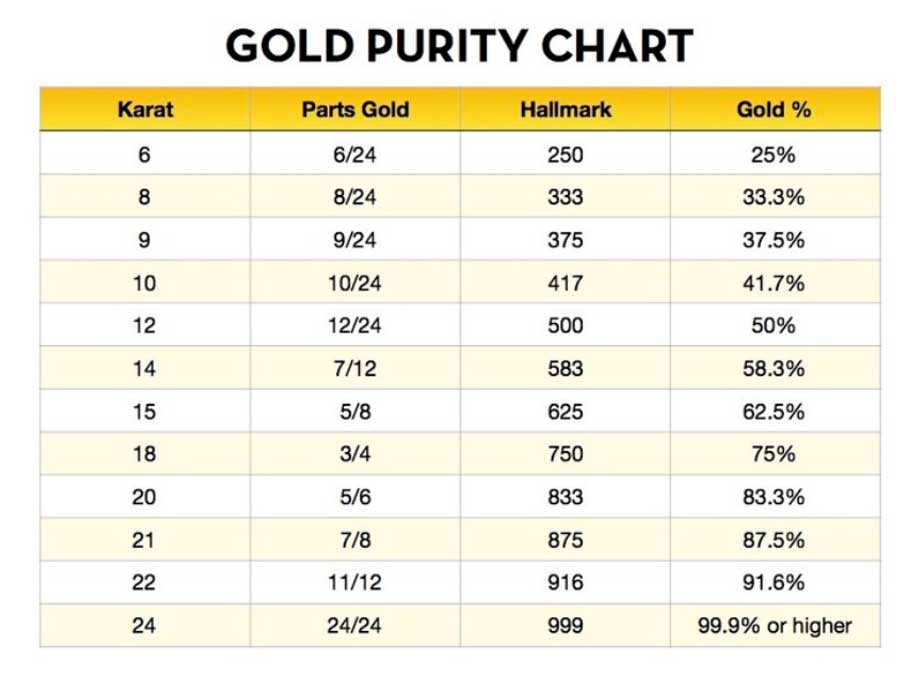Is it worth its weight in gold?
 Photo courtesy of ETH Zurich/Peter Rüegg
Photo courtesy of ETH Zurich/Peter RüeggWe've frequently discussed how technicians are growing gems in labs, and using technology to enhance gems in various ways.
It turns out scientists have also been messing with gold!
ETH Zurich recently announced it has created a new form of gold that is 5 to 10 times lighter in weight than traditional gold.
Pure gold, 24-karat gold, is too soft to be made into jewelry, so it is generally mixed with an alloy to improve its strength and durability. In 18k gold, for example, 18 of the 24 parts are gold and the rest are alloys, such as copper, zinc, etc.
The new form of gold has, instead of a metal alloy, an alloy that is a mixture of polymer latex and protein fibers dotted with air pockets. The result is a much lighter gold that is said to look exactly like the gold we are used to. It is reported to have the same toughness and strength as regular 18-karat gold, and it can be polished to a high sheen.
The picture above shows a humble disk of the new gold. As far as we know, the light-weight gold has not yet been used in jewelry, but the material is said to have some intriguing properties that would impact jewelry.
 Hardness and purity of the new gold can be adjusted at the beginning of the process by changing the composition.
Hardness and purity of the new gold can be adjusted at the beginning of the process by changing the composition.
Color can be somewhat modified by changing the shape of the gold nanoparticles in the mix.
The new gold melts at a much lower temperature than conventional gold so it is easier to mold.
Because this gold is lighter, much larger pieces of gold jewelry will be comfortable to wear. This would be great for earrings!
It's an open question whether consumers will accept this "plastic gold," as it's been called. It may look like gold but feel like plastic. Many people respond favorably to the weight of conventional gold, and light-weight gold, even of the same purity, may feel like costume jewelry. One researcher remarked that if a piece of this gold is dropped on the floor, it sounds like plastic.
New challenges
Exciting as this new creation is for a number of specialized industrial uses, it raises some challenges for jewelry production, jewelry sales, and jewelry insurance.
- Since hardness of this new form of gold can be tweaked in the process of its creation, how will a consumer know how durable a particular piece is?
- How will an insurer guard against inherent vice? How easily can a piece of such jewelry be damaged?
 How will the new gold jewelry be priced?
How will the new gold jewelry be priced?
- Will an appraiser be able to determine composition? How will it be valued?
- Since it melts at a much lower temperature that traditional gold, will it survive a jeweler's torch?
- Will the air pockets in the mix cause porosity issues with jewelry?
- What terminology will be used to identify or describe this gold?
- Will the jewelry be marked for karatage?
- How will consumers and insurers deal with the very likely scams of plastic jewelry being sold as lighter-weight gold?
If / When jewelry in light-weight gold comes to market, the FTC will have some serious catching up to do! (See our discussion of recent updating of the FTC Guidelines for jewelry.)
FOR AGENTS & UNDERWRITERS & ADJUSTERS
This issue of JII is basically a heads-up for insurers since, as far as we know, no jewelry made of the lighter gold is yet on the market. But it pays to be aware of what is likely to come.
Technology continues to create new products and manipulate existing ones. As the increasing market for lab-grown diamonds has shown, new developments require ongoing vigilance against fraud.
©2000-2025, JCRS Inland Marine Solutions, Inc. All Rights Reserved. www.jcrs.com

